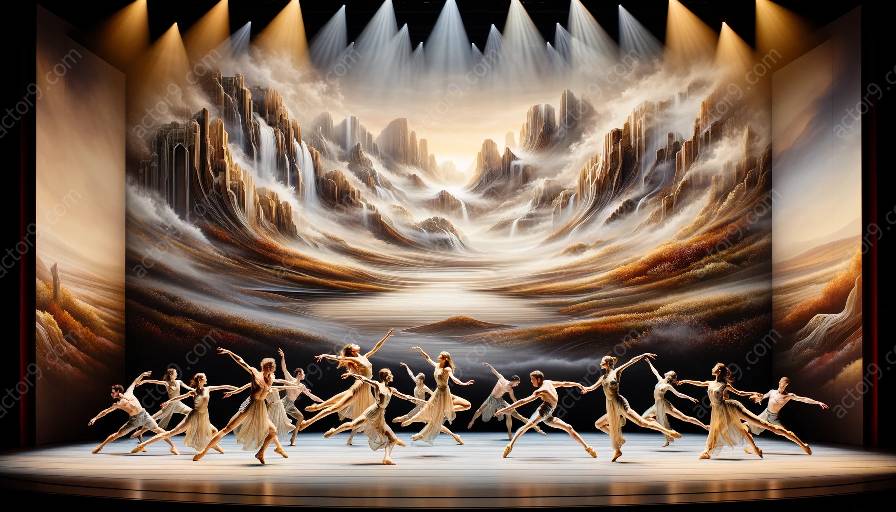Physical theatre choreography is a dynamic and captivating form of performance art that combines movement, gesture, and expression to convey stories and emotions. The art of physical theatre is deeply rooted in the intricate relationship between the mind and body, making it a fascinating subject for exploring the cognitive and neurological aspects of choreography.
Understanding Cognitive and Neurological Processes in Physical Theatre
Physical theatre choreography involves an intricate interplay between cognitive processes such as perception, attention, memory, and decision-making, and the physiological aspects of movement and expression. As performers craft choreographic sequences, they engage cognitive functions to conceptualize, plan, and execute movements that communicate narratives and evoke emotions.
The Mind-Body Connection in Physical Theatre Choreography
In physical theatre, the mind and body work in harmony to bring performances to life. Cognitive processes influence performers' spatial awareness, body posture, and expression, while neurological mechanisms underpin the coordination, timing, and precision of movements. This seamless integration of mental and physical elements shapes the nuanced and compelling nature of physical theatre choreography.
Embodying Characters and Narratives through Cognitive Understanding
Performers in physical theatre delve deep into the cognitive understanding of characters and narratives, using embodied cognition to inhabit roles and convey emotions. By immersing themselves in the psychological and emotional states of characters, performers infuse their movements with authenticity and depth, creating powerful connections with audiences.
Neuroplasticity and Skill Acquisition in Physical Theatre
Neuroplasticity, the brain's ability to reorganize and form new neural connections in response to learning and experience, plays a crucial role in skill acquisition and mastery of physical theatre choreography. As performers engage in repetitive practice and rehearsal, their brains undergo neuroplastic changes, refining motor skills, enhancing proprioception, and consolidating muscle memory for intricate movements.
Embodied Expression and Emotional Resonance
Movement in physical theatre is not merely about physical prowess; it serves as a vehicle for emotional expression and resonance. The cognitive and neurological dimensions of physical theatre choreography intertwine with performers' emotions, enabling them to communicate complex sentiments through non-verbal means.
Enhancing Performance through Cognitive Training and Conditioning
Cognitive training and conditioning are integral aspects of physical theatre practice. Performers engage in mental exercises and perceptual training to heighten their awareness, focus, and responsiveness, enriching their ability to embody characters and execute choreography with precision.
Collaborative Creativity and Cognitive Synergy
In the collaborative realm of physical theatre, performers, choreographers, and directors synergize cognitive perspectives, exploring ideas, and refining movements through a collective understanding of the mind-body dynamics. This collaborative creative process harnesses cognitive diversity to innovate and shape compelling performances.
Conclusion
In conclusion, the cognitive and neurological aspects of physical theatre choreography illuminate the profound interrelationship between thought, movement, and expression. By delving into the cognitive and neurological dimensions of physical theatre, we gain a deeper appreciation for the intricate processes that underpin the art form, shaping performances that resonate on both cerebral and visceral levels.




































